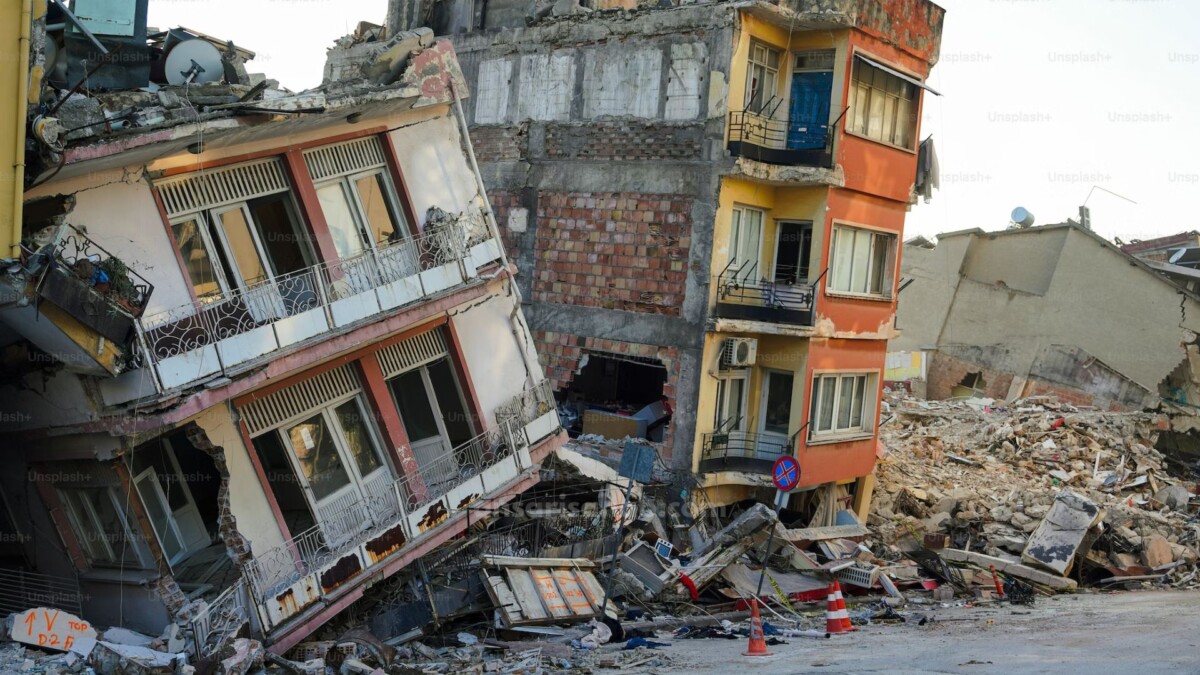In recent times, Bangladesh has experienced seismic activity, with a magnitude 5.8 earthquake striking the Sylhet region on December 2, 2023. This event, along with a 3.4-magnitude earthquake in Ladakh, India, serves as a stark reminder of the earthquake-prone nature of the region. This blog will comprehensively analyze the recent earthquakes, delve into Bangladesh’s seismic history, discuss the impact on neighboring India, and emphasize the importance of earthquake preparedness.
Recent Earthquakes in Bangladesh and India
On December 2, 2023, a 5.8-magnitude earthquake rattled northeastern Bangladesh, causing panic in the capital city, Dhaka, and other parts of the country. Additionally, tremors reached Kolkata, India, about 150 kilometers away, leading to people vacating homes and offices. Fortunately, there were no immediate reports of casualties or significant damage. Simultaneously, Ladakh, India, experienced a 3.4-magnitude earthquake with no reported casualties or damage.
Geological Context: Bangladesh’s Vulnerability
Situated on the Indo-Burmese plate boundary, Bangladesh faces a constant collision between the Indian and Eurasian tectonic plates. This movement generates seismic activity, making the region highly prone to earthquakes. The devastating 1990 earthquake with a magnitude of 7.5 serves as a poignant example, claiming over 2,000 lives and causing widespread infrastructure damage.
Earthquake Preparedness in Bangladesh
Acknowledging the seismic risk, the Bangladesh government has implemented measures to enhance earthquake preparedness. The Bangladesh Meteorological Department (BMD) monitors seismic activity and provides early warning systems. Building codes designed to withstand earthquakes have been established, reflecting a commitment to minimizing the impact of future seismic events.
Lessons from Past Earthquakes
The 1990 earthquake remains etched in Bangladesh’s history as a catastrophic event. With over 1,000 earthquakes recorded since 1900, it is imperative for the country to learn from past experiences. The 2016 earthquake in Sunamganj, though less severe, highlighted the importance of continuous preparedness efforts.
Impact on Dhaka and Sylhet
The recent earthquake, centered near Sylhet, caused noticeable tremors in Dhaka lasting about 30 seconds. While power outages and minor damage to buildings occurred, the impact was relatively limited. Sylhet experienced some structural damage, but fortunately, no casualties were reported.
Earthquake Resilience in Kolkata
The tremors from the Bangladesh earthquake reached Kolkata, underscoring the interconnected seismic risks in the region. Despite the panic and temporary disruptions, Kolkata emerged without casualties or damage. This cross-border impact emphasizes the need for coordinated regional preparedness efforts.
The Sylhet Fault Zone
The recent earthquake was attributed to movement along the Sylhet fault zone, a major geological fault running through Bangladesh and India. Understanding and monitoring such fault zones are crucial for predicting and mitigating the impact of earthquakes.
Government Response and Relief Efforts
In response to the recent seismic activity, the Bangladeshi government swiftly deployed relief teams to assess damage and assist affected areas. The emphasis on preparedness and rapid response reflects a proactive approach to earthquake management.
Looking Ahead: Future Earthquake Preparedness
Bangladesh’s vulnerability to earthquakes necessitates a sustained focus on preparedness. Key steps include:
- Public Education: Raising awareness about earthquake risks and safety measures is crucial to empowering citizens to respond effectively during seismic events.
- Infrastructure Resilience: Continued adherence to earthquake-resistant building codes ensures that structures can withstand tremors, minimizing the risk of casualties and damage.
- Early Warning Systems: Ongoing development and improvement of early warning systems enable timely alerts, giving people the opportunity to seek shelter and minimize risk.
- Cross-Border Collaboration: Given the interconnected seismic risks, collaboration with neighboring countries, especially India, is vital for a coordinated regional approach to earthquake preparedness.
Conclusion
The recent earthquakes in Bangladesh and India serve as reminders of the seismic risks inherent in the region. While the impact was relatively limited this time, the unpredictable nature of earthquakes underscores the need for continuous preparedness efforts. By learning from past experiences, implementing robust early warning systems, and fostering regional collaboration, Bangladesh can enhance its resilience to seismic events and safeguard the well-being of its citizens.
Additional Information
To provide a comprehensive overview, here are additional details about the recent earthquakes:
- The December 2, 2023 earthquake occurred at 10:32 AM local time.
- The epicenter was in the Sylhet district of Bangladesh.
- Tremors were felt in Bangladesh, India, and Nepal.
- No major damage or casualties were reported.









